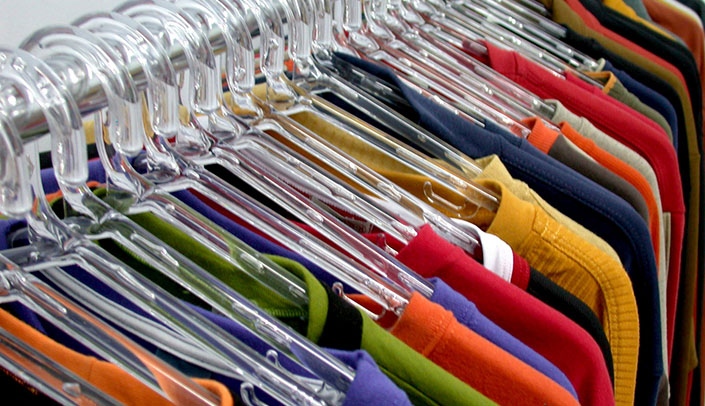According to recent studies, the fashion industry is the second-most pollutive industry in the world, second only to oil, and it still contributes more to the world’s total carbon footprint than air travel, a staggering 10% compared to the aviation industry’s 2%.
Fast fashion adds to pollution and generates potential environmental and occupational hazards. High water usage, pollution from chemical treatments used in dyeing and garment preparation and the disposal of large amounts of unsold clothing through incineration or landfill deposits are hazardous to the environment.
Although some computers are used, most raw material production and manufacturing is still sewn by a person and is labor intensive. This results in manufacturers seeking out low-wage environments for their factories where issues of industrial safety and exploitation of workers often arise.
There also is an increasing concern as microfibers from synthetic fabrics are polluting the earth’s waters through the process of laundering. The tiny microfibers are too small to be captured in filtration systems and end up entering our natural water systems. One study found that 35% of microplastics found in oceans come from the textile and clothing industry, and the majority of them were made of polyester, polyethylene, acrylic and elastane. Eliminating synthetic materials used in clothing products can prevent harmful synthetics and microfibers from ending up in our natural environment.
None of that is good, but there’s hope.
Start by learning your fashion footprint. Regardless of your score, there are some simple ways to be more sustainable. Support sustainable fashion — clothing, shoes and accessories that are manufactured, marketed and used in the most sustainable manner possible, taking into account both environmental and socio-economic aspects:
- Reduce: Buy fewer items and the items you do buy should be high-quality materials that last longer. This eliminates the constant need to replace items and saves you money.
- Reuse: keep those investment pieces longer instead of purchasing more.
- Choose sustainable brands that are truly committed to the cause.
- Take items that you no longer want or use to a consignment shop or donate pieces that are still wearable to an organization and/or people who would appreciate what you’re eliminating.
Nearly 95% of the clothes we throw away have the potential to be re-worn, recycled or re-used in some way. None of us can be perfect, but a lot of us making small changes can have a big impact.
